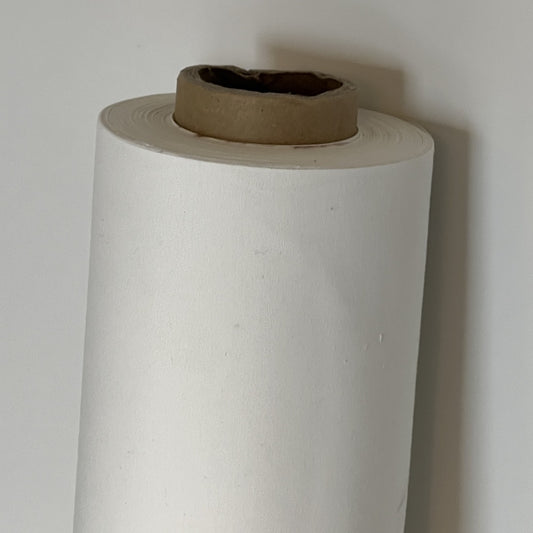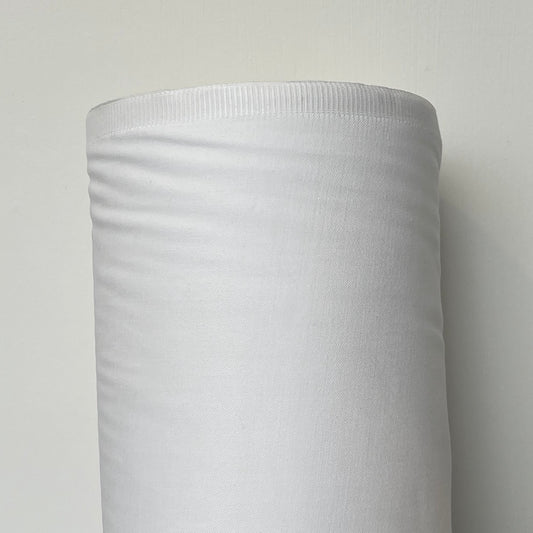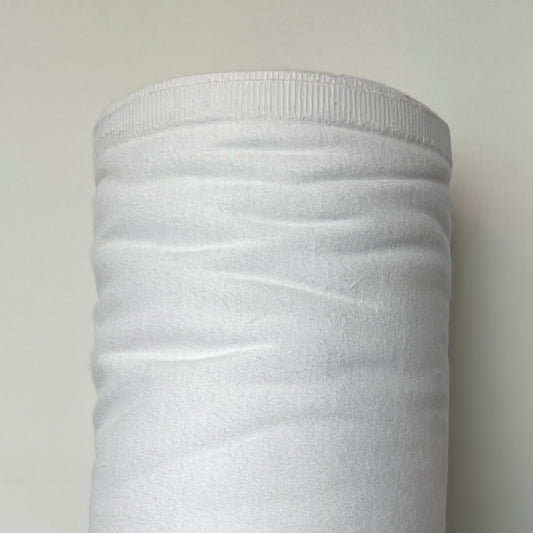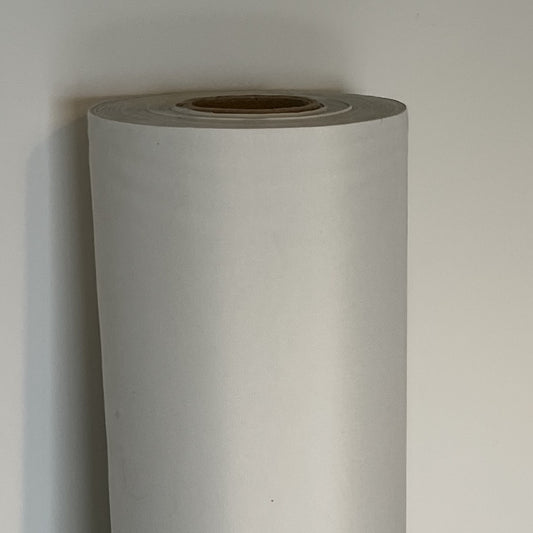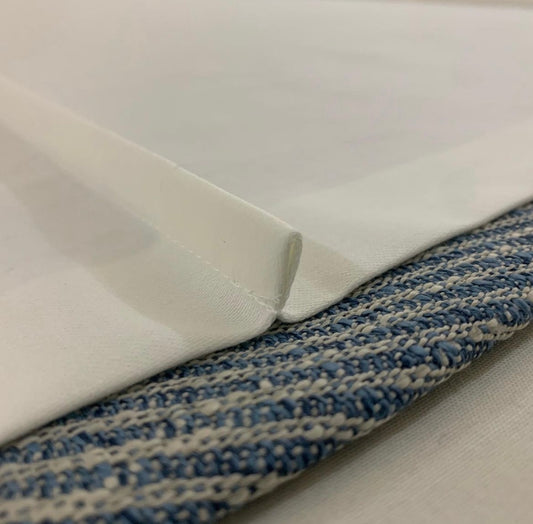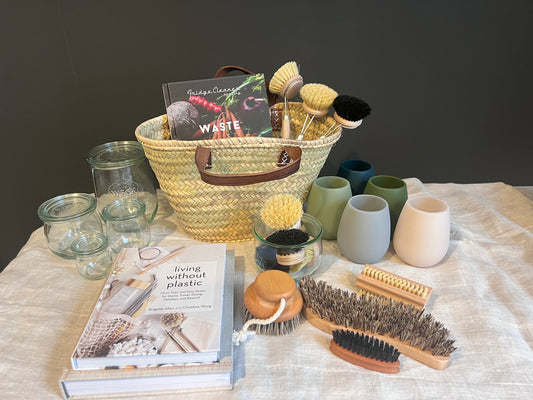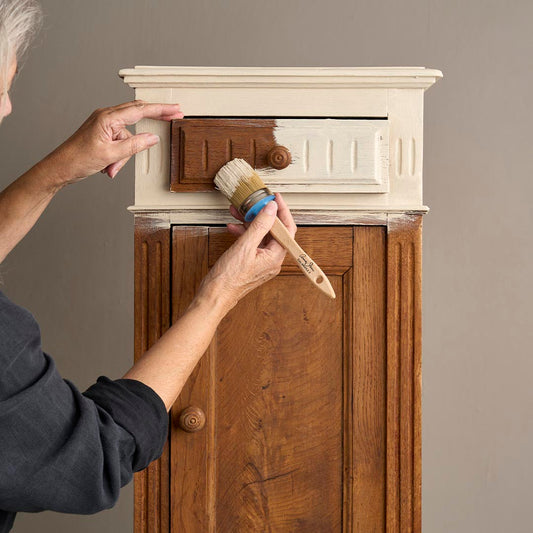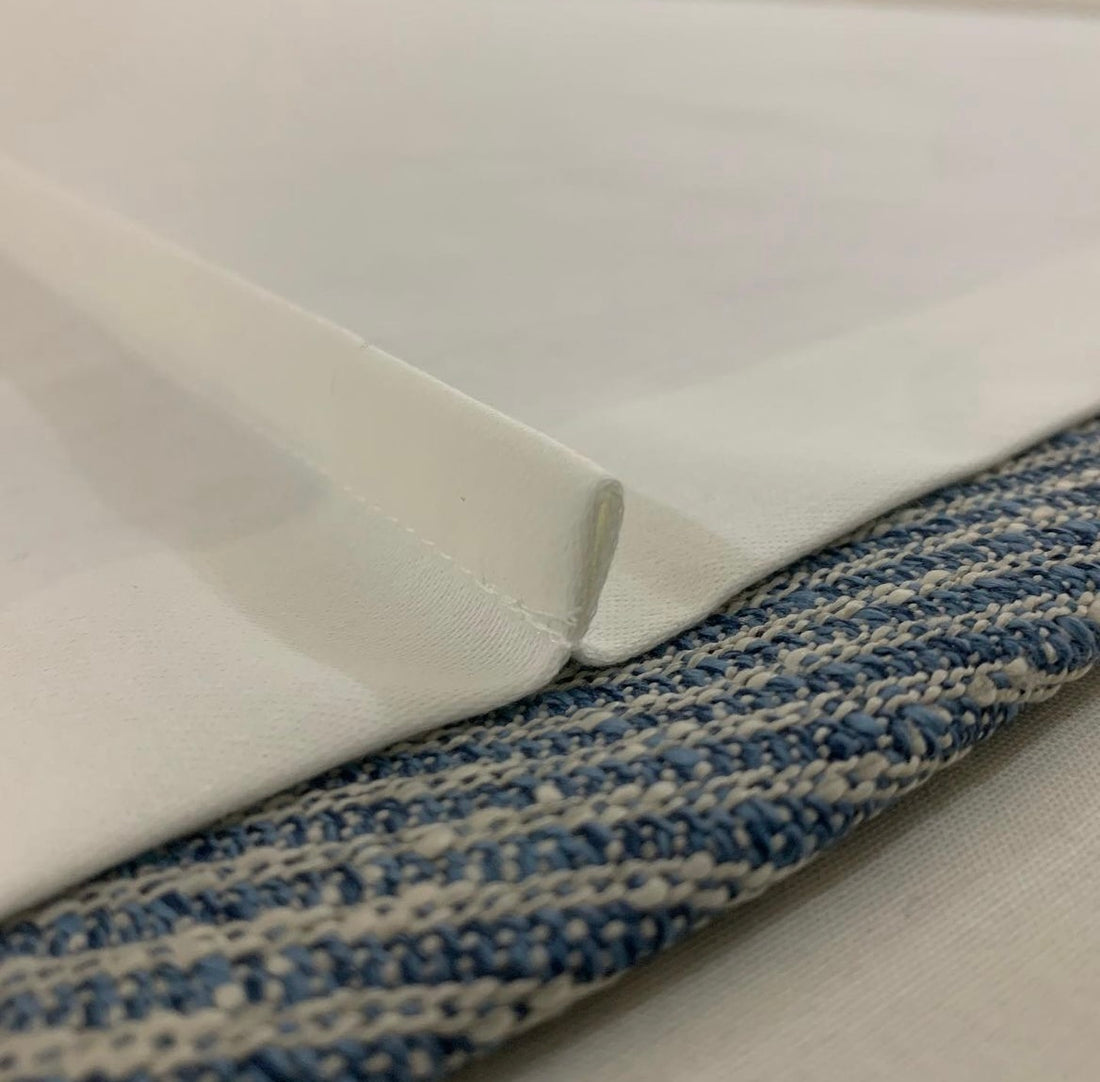
Lining Fabric for your Window Dressings.
Share
Curtains play a significant and often underestimated role in enhancing both the appearance and functionality of your home. A stunning curtain not only adds style to your decor but also provides practical benefits such as blocking out light, insulation, and heat retention. Lined curtains, in particular, offer superior durability and longevity as the lining helps protect the fabric from fading and wear.
Choosing the right components for your curtains can be overwhelming. To assist you in finding the perfect option for your home and family, here are some essential aspects to consider about curtain linings.
A common question we receive is whether curtains need to be lined, and the answer is nearly always a resounding yes!
Poly Cotton Lining
Poly cotton lining is a popular choice for those looking for a lining to pair with lightweight curtain fabrics and don't mind light filtering through. This type of lining is made from a blend of polyester and cotton fibers, making it both strong and breathable. Poly cotton lining is typically thinner than other types of lining, and while it doesn't block out light entirely, it provides some extra protection against sunlight and wear, as well as adding insulation. Overall, poly cotton lining is a versatile and practical choice that can enhance the look and feel of your home while protecting your curtains.

Thermal Lining
Thermal lining consists of a single layer of polyester that creates an effective insulating barrier between your curtains and windows. It's designed to protect both the lining and your curtain fabric from UV rays. If you have single glazed windows and your main priority is insulation, this lining is the perfect choice. It blocks out more light (45%) than a standard poly cotton lining, making it suitable for rooms where complete light control isn't always necessary. Whether you live in a colder region or experience varying temperatures throughout the year, curtains with thermal lining can help keep your rooms warm and reduce energy consumption.

Blockout Lining
If you need total light control, especially for bedrooms, blockout lining is the ultimate choice. It can be a great option for people who work night shifts or have trouble sleeping in bright environments. It offers the same insulating properties as thermal lining but goes a step further by blocking out 99% of light. Achieving this high-quality blockout is made possible by the lining's four-layer design.

Bumph
Bumph interlining is designed to add extra sound and insulating properties as well as some extra body and weight to your curtains, helping them hang more elegantly. This type of lining is typically made from thick 100% cotton placed between the face fabric and the lining of your curtains. Bumph interlining can improve the insulation properties of your curtains, making them more effective at keeping your home warm in the winter and cool in the summer. Overall, bumph interlining is a great choice for people who want to increase insulation, reduce noise, protect the curtain fabric, and create a cozy home.

Selecting the right curtain lining can make a significant difference in your home's comfort, style, and energy efficiency. We hope this information helps you make an informed decision about finding the perfect curtains for your space.

